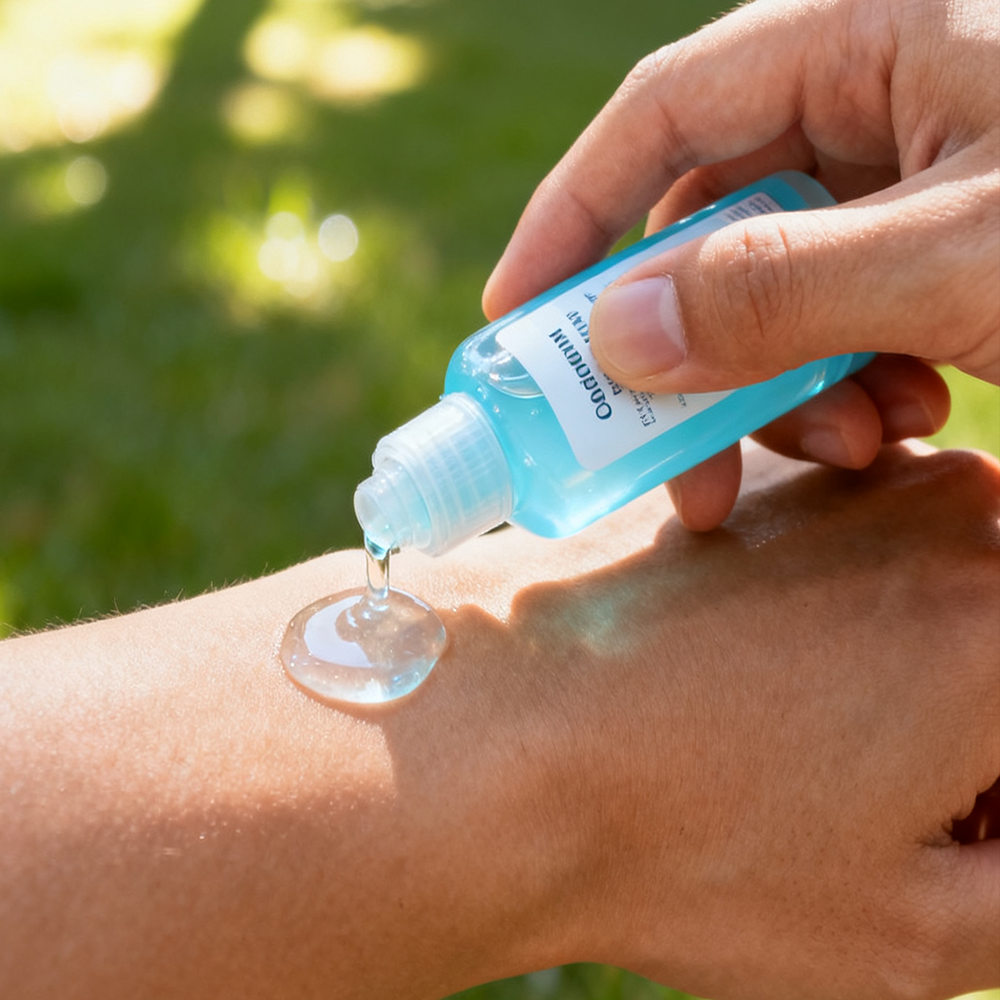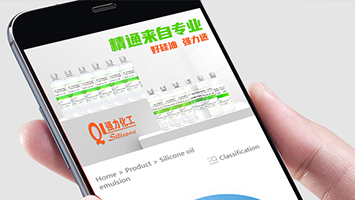Can ordinary dimethyl silicone oil be used with water-soluble DEET? What viscosity is recommended?
It is feasible to use ordinary dimethyl silicone oil in water-soluble DEET systems, but it is necessary to disperse it in the aqueous phase through emulsification technology and select the appropriate viscosity to balance stability, skin feel and mosquito-repellent effect. The following is a detailed analysis and suggestions:

Dimethyl silicone oil itself is insoluble in water, so it is necessary to use non-ionic emulsifiers (such as Span-Tween compound system, cetearyl glucoside) to form a stable oil-in-water (O/W) emulsion. For example, in the mosquito-repellent ester emulsion formula, 1.0% dimethyl silicone oil compounded with cetearyl alcohol and cetearyl glucoside can form a stable system.
Low-viscosity dimethyl silicone oil (e.g., 5cSt) can significantly improve the mosquito-repellent effect of DEET. Studies have shown that silicone oil wets mosquito feet quickly and spreads, forming a physical-chemical dual repellent mechanism with DEET. Even low-concentration DEET (0.2μg/cm²) can effectively reduce mosquito bites.
-
Low viscosity (5-200cSt):
It has strong fluidity and excellent spreadability, and can form an ultra-thin hydrophobic layer to enhance the adhesion and escape response of mosquito feet. For example, the surface tension of 5cSt silicone oil is only 19.2mN/m, much lower than that of water (71.8mN/m), which can quickly wet the scales on mosquito legs and induce them to escape.
Disadvantage: The film-forming strength is relatively weak, and emulsifiers or thickeners (such as xanthan gum) are needed to maintain stability.
-
Medium-high viscosity (350-1000cSt):
It forms a dense film, has better friction resistance and water resistance, and is suitable for long-term mosquito-repellent needs. For example, the protective film formed by 350cSt silicone oil on the skin can resist sweat erosion and extend the release time of DEET.
Disadvantage: Poor fluidity may lead to sticky skin feel, and the emulsification process needs to be optimized to avoid stratification.
-
Daily protection: Priority is given to 350-500cSt, which balances stability and skin feel. For example, in the mosquito-repellent cream formula, 350cSt silicone oil compounded with silica microspheres can extend the effective protection time to 9.8 hours and has water-resistant and sweat-resistant properties.
-
Sensitive skin or lightweight formulations: 50-200cSt is recommended, and an appropriate amount of thickener (e.g., 0.5% xanthan gum) and emulsifier (e.g., 3% Span-Tween compound) should be used together.
-
Long-term outdoor scenarios: 1000cSt can be tried, but technologies such as high-pressure homogenization are needed to refine the droplet size (100-500nm) to improve spreadability.
-
-
Non-ionic emulsifiers: Combinations with HLB value of 10-16 (e.g., Span-60: Tween-80 = 1:2) can effectively reduce the oil-water interfacial tension and form a stable emulsion.
-
Dosage optimization: The concentration of emulsifier is usually 3-5%. Excess concentration may lead to emulsion droplet aggregation, while insufficient concentration will result in poor stability.
-
Add 0.1-0.5% xanthan gum or 1-2% cellulose derivatives to increase the viscosity of the continuous phase and prevent emulsion stratification.
-
Adjust the pH to 5.5-6.5 to avoid degradation of surfactants.
-
Silica microsphere adsorption or microcapsule embedding technology can be used to slow down the volatilization rate of DEET. For example, after DEET is loaded on silica microspheres, the volatilization rate is reduced by more than 60%.
-
The recommended dosage of dimethyl silicone oil is 1-3%. Excessive dosage may affect the release efficiency of DEET.
-
-
Place the emulsion in a 40℃ constant temperature box for 1 month of observation. Products without stratification, demulsification or significant viscosity change are considered qualified.
-
After centrifugation test (3000rpm, 30 minutes), the increase in emulsion droplet size should be less than 10%.
-
Dimethyl silicone oil is generally considered safe in cosmetics, but it is necessary to select pharmaceutical-grade or cosmetic-grade products (such as Shin-Etsu KF-96 series).
-
The concentration of DEET is recommended to be no more than 20% to avoid long-term contact with sensitive skin.
-
Preparation Process:
-
Heat the aqueous phase (xanthan gum, propylene glycol, citric acid/sodium citrate, preservative) to 70℃ and stir until completely dissolved.
-
Heat the oil phase (DEET, dimethyl silicone oil, emulsifier) to 75℃ and stir evenly.
-
Slowly add the oil phase to the aqueous phase under high-speed shearing (2000rpm) and emulsify for 15 minutes.
-
Cool down to 40℃, add methylparaben, and continue stirring until room temperature.
-
Ordinary dimethyl silicone oil can be applied to water-soluble DEET systems through emulsification technology. The recommended viscosity is 350-500cSt, which balances stability and mosquito-repellent effect. Formula design should focus on emulsifier selection, thickening system optimization and DEET sustained-release technology to achieve long-term and safe mosquito-repellent protection.






